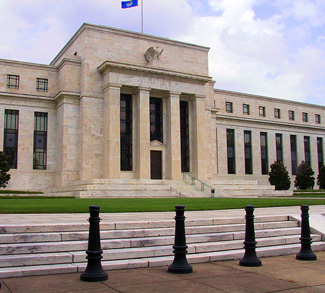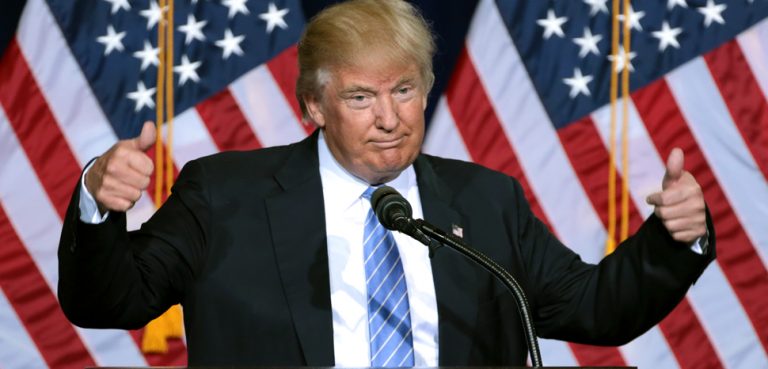Following the announcement of the US Federal Bank’s intention to begin a third round of quantitative easing in mid-September, the global price of gold skyrocketed. With prices already beginning to fall back down to earth, it seems now that earlier confidence in this trend as a long-term phenomenon might have been misplaced. Despite its status as a favorite and reliable commodity, surprisingly slippery factors determine gold’s value.
On September 13th 2012, the United States Federal Reserve announced its intention to initiate a new round of quantitative easing, or QE. Easing refers to a process whereby an institution like the Reserve seeks to affect the nation’s fiscal landscape by increasing the quantity of money in the economy. This is usually done by purchasing assets and securities from private banks, directly introducing more money into circulation.
Though not referred to as such at the time, QE1 occurred in 2008, when the Federal Reserve responded to the bankruptcy of Lehman Brothers Holdings by enacting a significant stimulus package. When they introduced a similar easing policy in 2010, the nicknames QE1 and QE2 came into effect. With the announcement of a third round in September of this year, QE3 was born. Though similar to the previous two rounds, QE3 is different in that it is to be open-ended, allowing the Reserve to take action for as long as it sees fit, with a tentative end date of sometime in 2015.
The announcement of QE3 prompted claims that the price of gold would spike, perhaps reaching such heights as $10,000 per ounce by 2015. The price was at $1,730 at the time of QE3’s announcement and it quickly rose to nearly $1,800 in days. However, after that point it began to drop back down, casting doubts over whether there would be any lasting increase in price at all, let alone the incredibly high projections that were popping up early on.
But here it warrants bearing in mind that the true price of gold is affected- like many things in the global economy- not only by calculable economic considerations, but also by public confidences and perspectives.
On the economic side of things, stimulus packages such as quantitative easing run the risk of sparking dangerous levels of inflation. Basic supply and demand teaches that as the quantity of a good rises, its value diminishes. So too with money; as more money is introduced into an economy, the value of that money can diminish accordingly.
Exchanging money for gold, then, is a way to escape inflation and avoid having one’s monetary assets reduce in value. Relatively speaking, precious metals such as gold are far less susceptible to inflation, maintaining much of their value even if the value of the dollar plummets. Thus, it is seen as a wise investment if there is a significant threat of inflation looming on the horizon.
But is the spectre of increased inflation looming over the United States? History would indicate very strongly that it is not. Almost unique in the developing world, the US central bank (and to a lesser extent, the Canadian) typically does everything in its power to combat inflation, even when the cost is mounting unemployment rates. The majority of the developed world, on the other hand, strikes a more balanced position between those competing forces, or chooses to strive for near full employment altogether, while taking their inflationary lumps.
Even recent American fiscal policies- most of which are desperate measures enacted during the Great Recession– have reversed their course well before raising inflation rates by any notable amount. Analysts have remarked that even with QE3’s novel, open-ended structure, it is incredibly unlikely that the Federal Reserve will renege on its staunch and long-established goal of curbing inflation. Significant increases in the inflation rate following this newest policy are extremely unlikely, if only because the Fed will surely back down before it occurs.
The reason that the price of gold rises in response to these sorts of policies, then, has less to do with quantifiable, pure market forces and more to do with public perception. Irrespective of the Federal Reserve’s position against inflation, people nonetheless fear a diminishing dollar and react to it, imaginary as it may be. Predictions and concerns voiced by authorities such as Jim Walker, founder of the fund management firm Asianomics, add to these concerns. Quoted in the Economic Times on September 14th, Walker advised Americans to “just get out of equities, buy gold, fixed income assets, high yielding stocks. Buy safety because from hereon, there is going to be carnage on the streets.”
Though there is no pattern to suggest that the Federal Reserve will relax its fight against inflation, it seems that people have little faith that their government will keep their interests at heart. It is a lack of public confidence, more than pure market dynamics, which govern the price of gold.
Direct governmental intervention in the economy worries people, and those worries are enough to make waves. Aside from being a hedge against inflation, there exists a significant sentiment that gold is a safe haven in general. Gold is known and material, it has a time-honoured place in national economies, and is recognized as a valuable commodity across the entire world.
Ironically, it is the very fact that gold is perceived as safe and secure that makes its value so hard to predict. With so much of its dollar value tied up in public sentiments, confidences, and fears, the price of this precious metal can be notoriously difficult to predict. This is the case with many openly-traded market commodities, but given gold’s prominent place as a classic staple of worldwide commerce, it is especially important to bear in mind.
Since the announcement of QE3, the price has gold has risen sharply and begun to drop. It is too early to tell if the price will rise again, drop, or level out. Whatever its path, the price of gold will be determined as much by public sentiment as it is by real changes in the value of the dollar.




